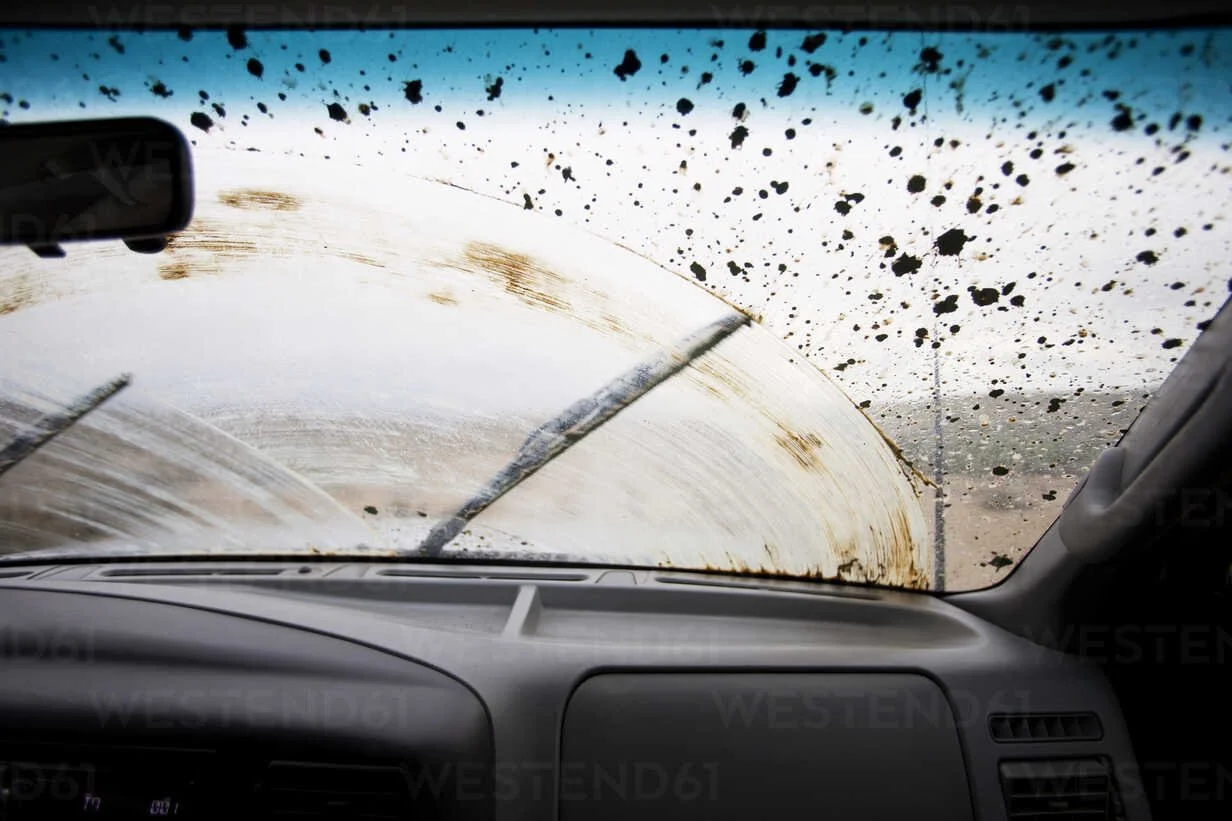Tipp of the Week
Hello, Tipp City! Marc the Cop here,
I was headed out to run some errands in my Ford F-350 Diesel. With all the harvesting, my truck was covered in dust. I went to use the windshield wipers, but as they cycled back and forth, it actually made my view worse. Time for new wipers.
As the seasons change, so do the challenges our vehicles face on the road. Rain, sleet, snow, or even a dusty summer wind—all of it makes one part of your car work harder than most folks realize: the windshield wipers. Yet, while they’re one of the simplest and least expensive parts to maintain, too many drivers overlook them until it’s too late.
Windshield wipers are more than a convenience—they’re a safety feature. A clear line of sight can be the difference between avoiding a hazard and finding yourself in the middle of one. The National Highway Traffic Safety Administration has noted that poor visibility is a leading factor in weather-related accidents. Having wipers that are streaking, skipping, or simply failing to push water away quickly enough reduces that vital visibility.
Most experts recommend replacing wiper blades every six to twelve months, depending on climate and usage. In areas with hot summers, the sun can quickly dry out rubber, causing cracks or stiffness. In colder regions, ice and snow put added stress on blades, causing them to wear down faster. Signs that it’s time to replace yours include streaking water across the windshield, squeaking noises, or blade edges that look frayed or uneven. If your wipers leave patches of water untouched, that’s another red flag.
Today’s auto parts stores carry a range of options. Traditional rubber blades are affordable and work fine for many drivers. Premium silicone blades last longer and tend to resist weathering better, though they cost a little more. There are also beam-style blades, which provide even pressure across the windshield and are especially good for curved glass found on many modern vehicles.
Your vehicle’s owner manual or an in-store guide will help you find the correct size for your car. Remember, the driver and passenger side blades are often different lengths, so be sure to check both. Many drivers also forget to use the rear wiper, if their vehicle has one, which is just as crucial for backing up safely in wet conditions.
The good news is that swapping wiper blades is among the most manageable maintenance tasks you can do yourself. Most wipers are designed with a quick-release clip. Lift the arm away from the windshield, unhook the old blade, and snap the new one in place. The process usually takes less than ten minutes for both sides. Many auto parts stores even offer free installation if you purchase blades there.
At $15 to $40 for a set, wiper blades are one of the most budget-friendly parts to replace. Considering the role they play in keeping you, your passengers, and others on the road safe, it’s a small price to pay. As the rainy season picks up, now is the perfect time to give your wipers a quick check.
Ultimately, a clear vision on the road begins with something simple. Don’t wait for the next downpour to find out your blades aren’t up to the job—replace them before the weather reminds you why they matter.
Remember the 9 PM routine! The 9 PM routine is a nightly reminder for residents to remove valuables from their vehicles, lock their vehicle doors, secure their residences, turn on exterior lights, and activate all alarms and security systems.
That is all for this week! Please be safe and care for one another.
I'll see you in church on Sunday!
Sgt. Marc Basye (Ret.)
Do you have a suggestion for the Tip of the Week? Your input is valuable to us. You can email me at Marcthecop@tippgazette.com! The opinions and statements in this column are those of the author, who is not affiliated with any law enforcement agency. This column is for entertainment purposes only. Persons referred to may be fictional for comedic purposes only.


